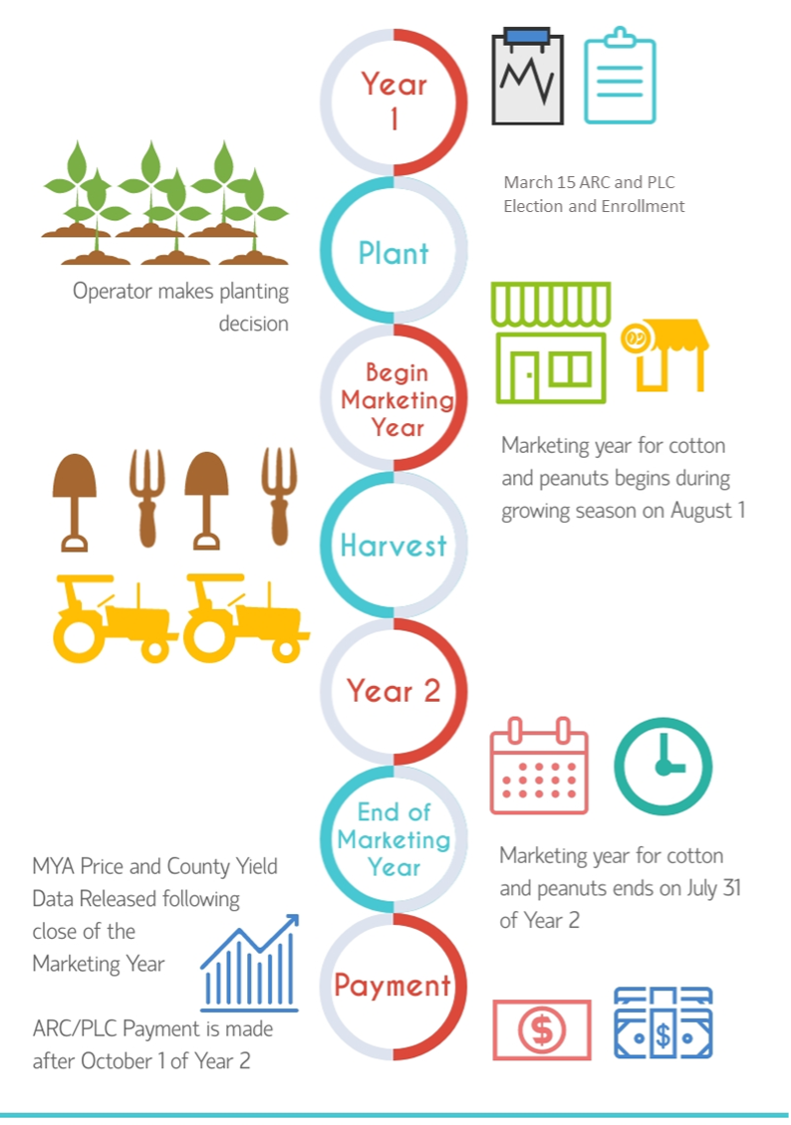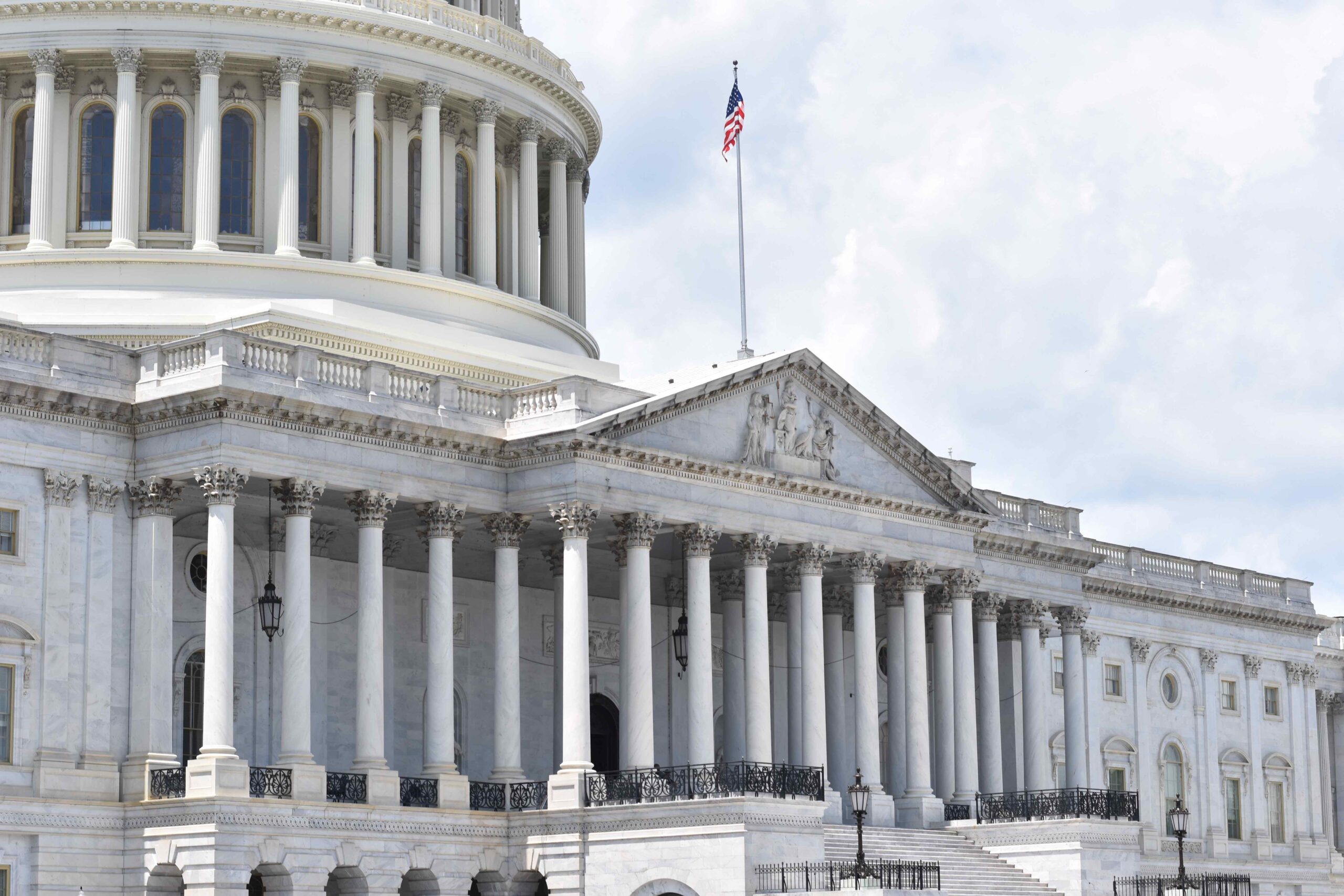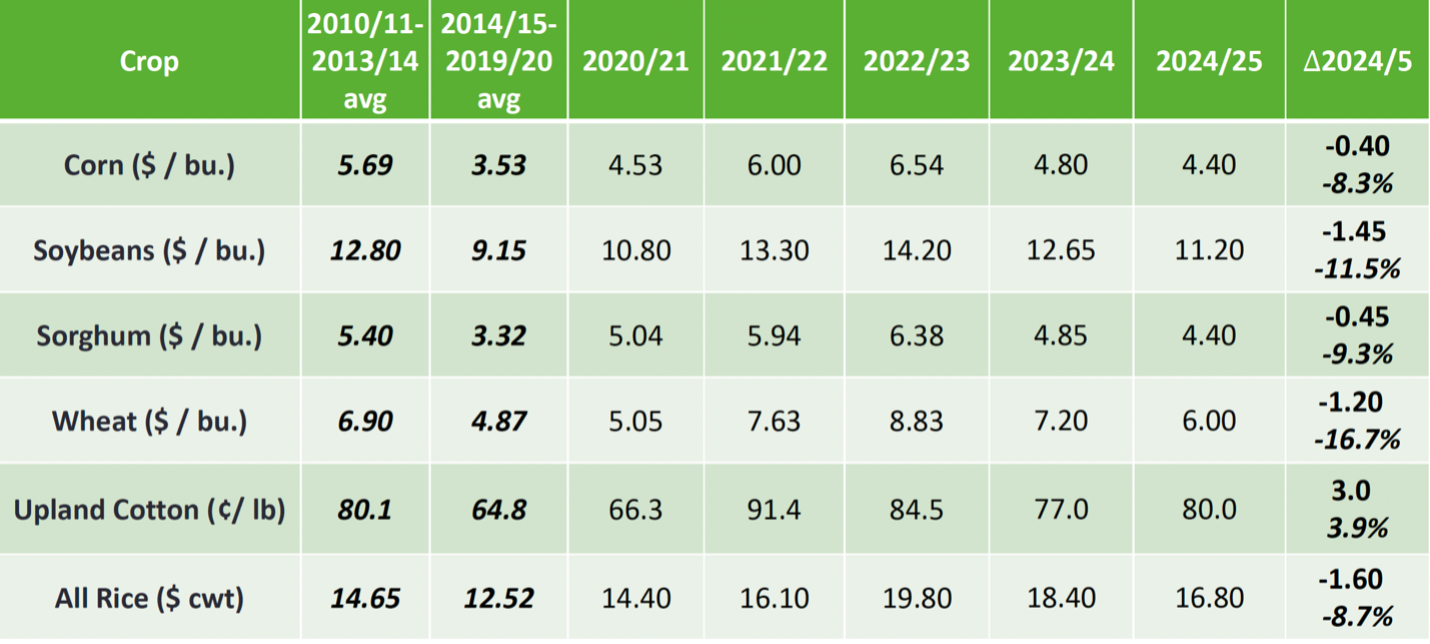Over the last two weeks, row crop producers descended on the nation’s capital, lobbying for passage of a new farm bill and highlighting the need for ad hoc disaster assistance. If you do not personally live with the constant barrage of challenges facing our nation’s farmers and ranchers – ranging from droughts, wildfires, and hurricanes to inflation and market collapses – it’s easy to grow numb to their plight. Besides, aren’t farmers and ranchers always on Capitol Hill asking for assistance?
We understand the cynicism, but most people do not realize that this is a direct consequence of the way farm bills are negotiated. While many federal programs are on autopilot (e.g., Social Security, Medicare, Medicaid, etc) – where we don’t think about them until someone tries to change something – farm bills are negotiated roughly every 5 years on the premise that they need to be responsive to the needs of producers. Unfortunately, rather than responding to the needs of our nation’s farmers and ranchers, farm bills now get caught up in annual spending fights with growers constantly having to defend the farm safety net from attacks. On top of that, the short-term nature of the farm bill leaves producers in a regular state of limbo about what the safety net will cover. For example, producers are planning for the 2025 crop year, but they still have no clue what the safety net will look like for the upcoming crop year (nor do they know if any assistance will be provided to help with 2023 and 2024 losses). If that were not enough, these dynamics have culminated in a situation where “direct government payments” to producers in 2024 are forecasted to hit a 42-year low. The last time we saw so little investment in direct producer support was in 1982 in the midst of the farm crisis of the 1980s. So, while it’s easy to joke that farmers and ranchers are always asking policymakers for something, the system is designed to work that way. Whether or not that approach makes sense is open for debate, but we will save that conversation for another day.
In the meantime, between a stagnating farm bill process, a farm bill extension that is slated to provide virtually no help in 2024, and no ad hoc support from Congress over the last two years, an outside observer might quickly conclude that things must be going extraordinarily well in the farm economy. To the contrary, USDA’s latest net farm income estimate showed a $35 billion decrease in crop cash receipts in 2024 alone, the largest single-year drop in the last 50 years (and the largest 2-year drop in history). 2025 is on track to be considerably worse.
As we noted above, farm bills are on a 5-year cycle because they are supposed to be responsive to the needs of farmers and ranchers. But, support levels are at 42-year lows and growers are facing the prospect of enormous losses. Congress passed a continuing resolution yesterday to extend current government funding levels through December 20th and promptly left town for the final stretch of the campaign season. When they return on November 12th, they will face a very short runway to wrap up farm bill negotiations and provide ad hoc disaster assistance. If Congress decides not to act – and absent a major rebound in the agricultural markets – many of our nation’s producers will enter the New Year in arguably some of the most challenging financial circumstances they’ve faced in decades.
Fischer, Bart L., and Joe Outlaw. “The Losses are Mounting…and are Projected to get Worse.” Southern Ag Today 4(39.4). September 26, 2024. Permalink





